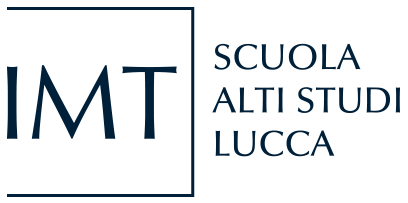Humans’ ability to adapt movements to task requirements and environmental constraints has been extensively studied. However, most of this research has focused on arm movement using visuomotor rotation or force-field paradigms. How humans learn dexterous hand movements, e.g., object manipulation, has been relatively unexplored until recently.
Besides differences in neural control and biomechanical features between arm and hand movements, an additional difference is that humans use explicit cues, e.g., object geometry, when learning hand-object interactions. I will review research findings on how humans learn dexterous manipulation, factors that enable or interfere with transferring learned manipulation, and approaches developed to investigate underlying neural mechanisms. This work has revealed the existence of neural constraints that emerge from the interaction of visual explicit cues and sensorimotor memory built through multiple hand-object interactions.
